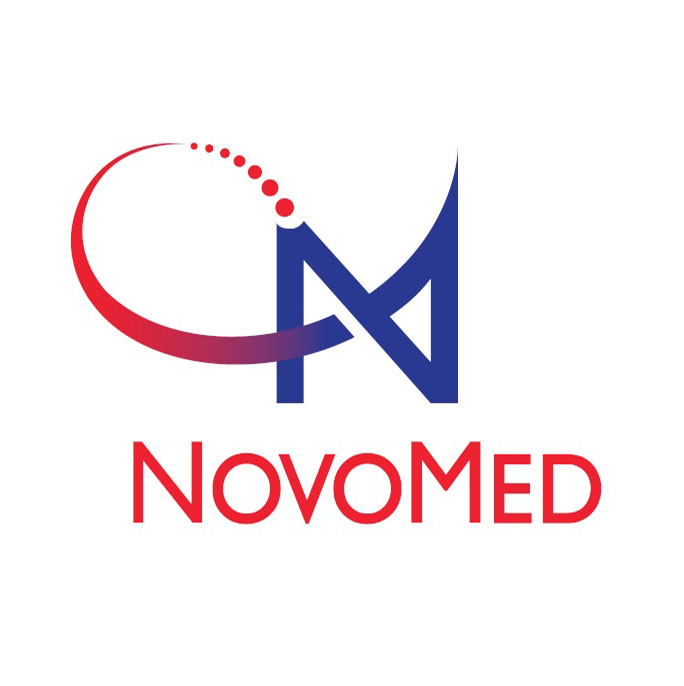Types of Venous Diseases
Venous diseases can be classified into two categories based on the severity of the condition:
- Acute venous diseases
- Chronic venous diseases
CHRONIC VENOUS DISEASES
Chronic conditions are those that develop over a long period of time. These diseases are serious and complex in nature, arising due to damaged or diseased veins. Some of the chronic venous diseases include:
Chronic venous insufficiency occurs when the valves of the veins get damaged or injured, thus making it difficult for the blood to flow back from the legs to the heart. This causes blood to ‘pool’ in the legs and feet. Smoking, extended periods of standing or sitting, inactivity, pregnancy, obesity are factors that increase the risk of developing this condition. A person suffering from this condition may notice the following: swelling in the lower legs, leg pain, new varicose veins, flaky looking skin, itching.
Spider veins are also known as telangiectasias. In this condition, tiny clusters of blood vessels can be seen on the surface of the skin. Because the condition is characterized by a thread-like pattern of dilated veins on the skin, it often resembles a spider web, and hence the name. Spider veins may either be red, blue, or purple in colour and they are typically seen on the legs and the face. Symptoms such as leg cramps, restlessness, tingling sensation in the legs, and darkening of the skin, especially in the ankle region are observed. However, in many cases, no discomfort is felt, the condition is purely esthetic in nature. Obesity, pregnancy, heredity, using oral contraceptives, and lack of exercise are some causes of spider veins.
Venous edema is the swelling of the veins in the legs. The condition is accompanied by a feeling of heaviness, tightness, and discomfort of the legs. In addition to the downward gravitation force acting on the leg veins, increasing age, pregnancy, obesity, incorrect lifestyle, DVT, and excessive standing or sitting put immense pressure on the legs. This causes blood to pool in the legs, triggering swelling and pain.
Dermatitis is the inflammation of the skin. Also known as eczema, it is characterized by red, itchy, dry patches of skin. Apart from these rough patches, blisters may also form to worsen the burning sensation. Dermatitis is a common symptom of chronic venous insufficiency.
By definition, pigmentation means colouring. Skin pigmentation denotes the darkening of the skin, turning it brownish in colour. The condition is mainly seen around the ankles, though it can spread to the legs and feet as well. Change in the colour of the skin is a common symptom of varicose veins, and even if the affected veins are removed surgically, the situation persists. In serious cases, pigmentation may be accompanied with blisters and leg ulcers.
Lipodermatosclerosis is a skin disorder that affects the lower legs. The condition is characterized by skin pigmentation and hardening (fibrosis) of the skin. It is usually seen in people suffering from chronic venous insufficiency. Almost two-thirds of the people diagnosed with lipodermatosclerosis are obese. The affected leg swells, exhibits red patches, and takes the shape of an inverted bottle. Edema, white scars on the skin, leg ulcers, and thickening of the skin are some additional symptoms.
White atrophy is a smooth-textured patch of skin that develops on the lower leg and at times, even on the top of the foot. The patch is white or off-white in colour that develops over hardened skin (fibrosis). In some cases, the veins swell, and the skin undergoes discoloration. Mostly, the condition is painless, though in some cases, it may pave the way to venous ulcers. This condition leaves a permanent scar.
Acute venous diseases
Venous diseases that are categorized as acute are serious in nature. These occur suddenly but can even be triggered by pre-existing chronic venous diseases. Some acute venous diseases include:
Superficial veins are those lying just beneath the surface of the skin. An inflammation in a superficial vein, along with a blood clot, is referred to as superficial thrombophlebitis.The risk of the blood clot traveling to the lungs is limited, but existing. This venous disorder is characterized by tenderness and warmth in the affected area, hardening of the vein, darkening of the skin above the affected vein. Cancer, genetics, obesity, pregnancy, and a sedentary lifestyle are some of the causes of superficial thrombophlebitis.
A pulmonary embolism is the most serious complication of deep vein thrombosis because it can be life-threatening. It occurs when a blood clot (thrombus) or part of it, breaks free and travel into the lungs via the pulmonary arteries. This blocks the passage of air, resulting in death. The condition is characterized by sudden shortness of breath, chest pain, dizziness, coughing with blood, irregular heartbeat, etc.
Post-thrombotic syndrome or PTS is a long-term complication of deep vein thrombosis or DVT. A third of patients suffering from DVT develop PTS at some point in their lives. The condition is mostly seen in the legs, though other body parts may be affected as well. Common symptoms of PTS include heaviness and tingling sensation in the legs, chronic leg pain with swelling, ulcers and/or sores on the legs, leg cramps with itchiness, etc.
Bleeding varices or esophageal varices is a condition characterized by the dilation (swelling) of the blood vessels in the stomach or the esophagus. They are mostly the result of portal hypertension, an increase in the blood pressure in the veins in the liver. Varices in the stomach or the esophagus can rupture and bleed, making variceal bleeding a life-threatening condition.




